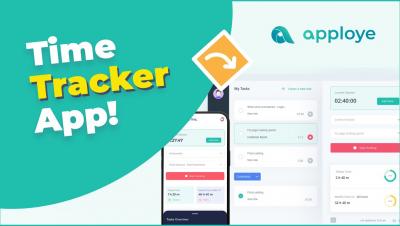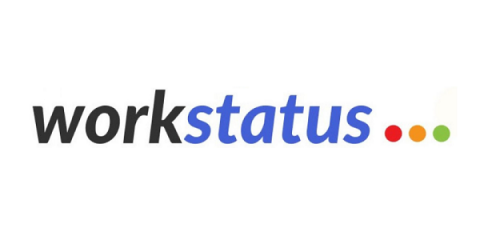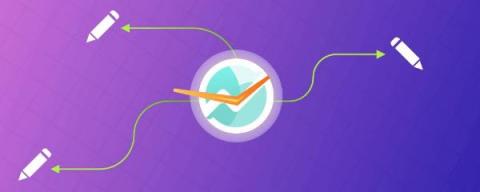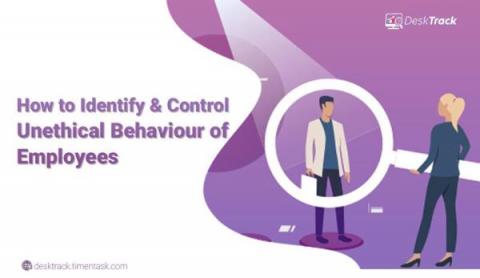Teams | Collaboration | Customer Service | Project Management
Time Tracking
The latest News and Information on Time Tracking, Timesheets and related technologies.
Time Tracker App for Desk, Mobile & Remote Teams | Apploye
Improve Your Business Processes with Hierarchy Management System
Dealing with the Employees Moonlighting: How to Address the Problem?
The days when employees could sit in an office 9-to-5 are long gone, especially in the big cities. Managing remote employees is not the only challenge for IT companies, the pandemic birthed another horror for them and that is the hot topic of the town, Employees Moonlighting. Studies show that the workers engage in freelance or independent work at least part-time for additional income. Facts say 75% employees considered moonlighting and out of them 50% were actually involved in this practice.
How to Choose the Best Time Tracking Software?
8 of the top employee time tracking software options that actually help prevent micromanagers
You can’t fix what you can’t measure. (You can’t bill for it very well, either.) That’s the key principle behind employee time tracking. It helps managers and organizations understand how long it takes, on average, to complete various tasks, aiding in the baselining and project scheduling processes. But doing this in a way that generates the data you need without feeling like micromanaging can be a challenge. Time-tracking software is a compelling solution.
Time Logs: What are they? And Why are They Important?
You’ve heard it said over and over again that time is money. The reason that’s such an often repeated cliche is that it’s actually true. The time you and your team spend on projects and various activities throughout the office correlates directly with your profits. And time logs are a perfect way to organize it. If you don’t know how much time something takes, you can’t accurately gauge how important the task is for your bottom line or how valuable your time is.
Best Simple Time Clock Software for Small Businesses
How to Identify & Control Unethical Behavior of Employees
How to Attract and Retain Talent in a Fast-paced Industry
The Great Resignation is the phenomenon of workers quitting their jobs at an elevated rate after spring 2021 due to solid labor demand and low unemployment. During this period, retaining talent was absolutely fundamental. Anthony Klotz, a professor of business administration at Texas A&M University, coined the term in May 2021 and attributed it to pent-up demand from workers who deferred decisions to quit earlier in the pandemic.








